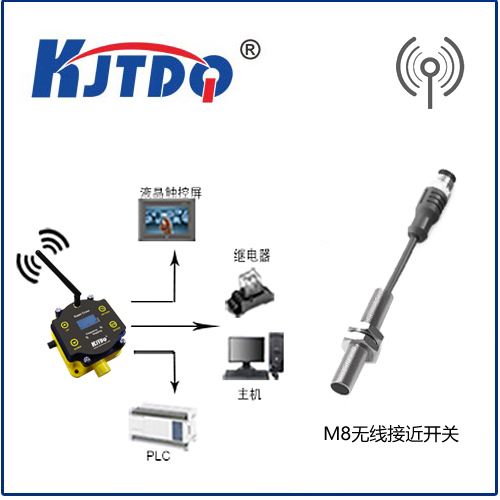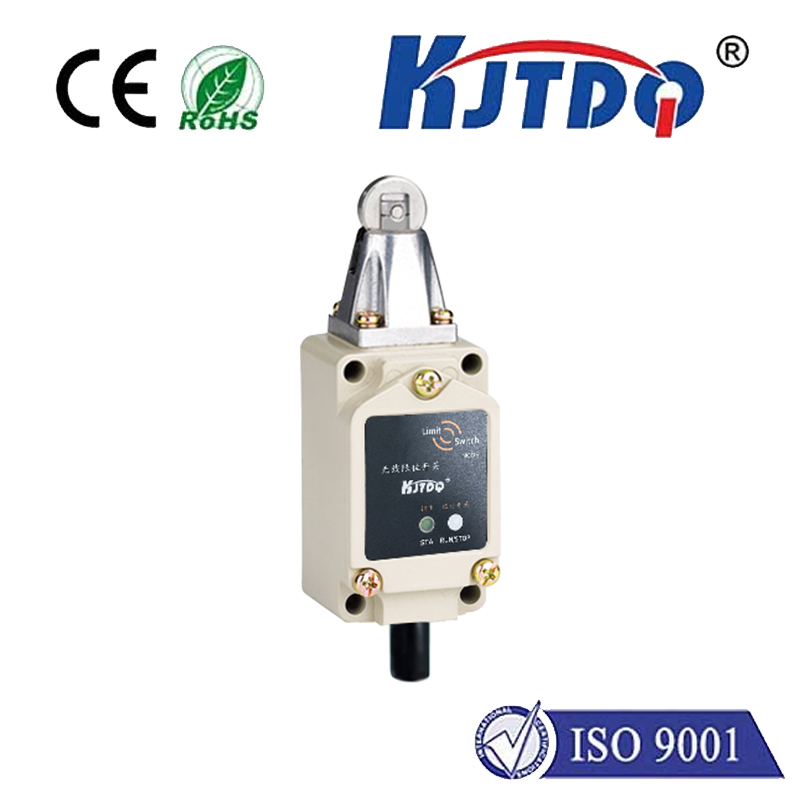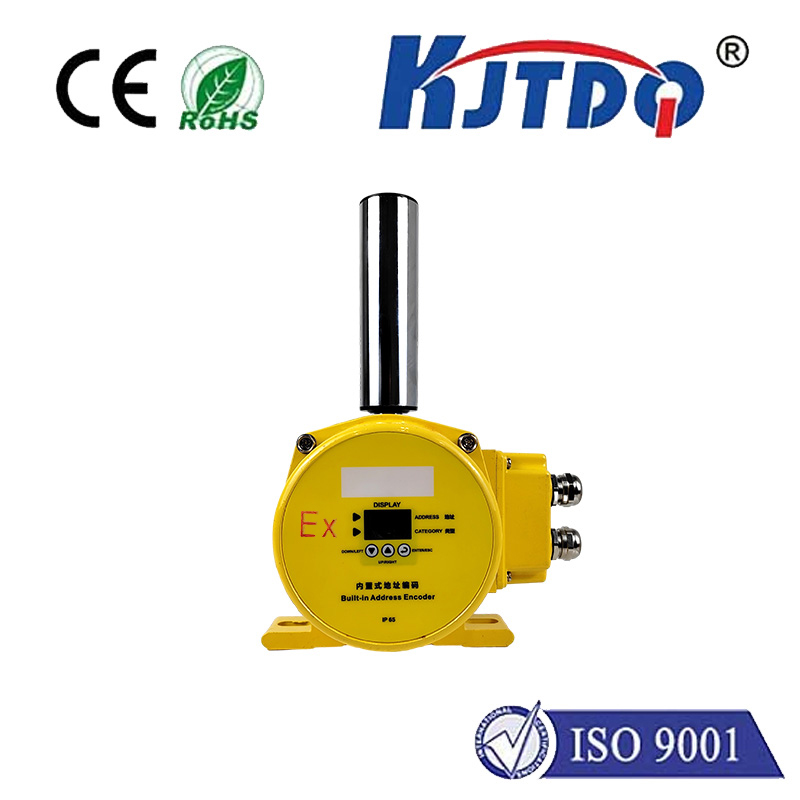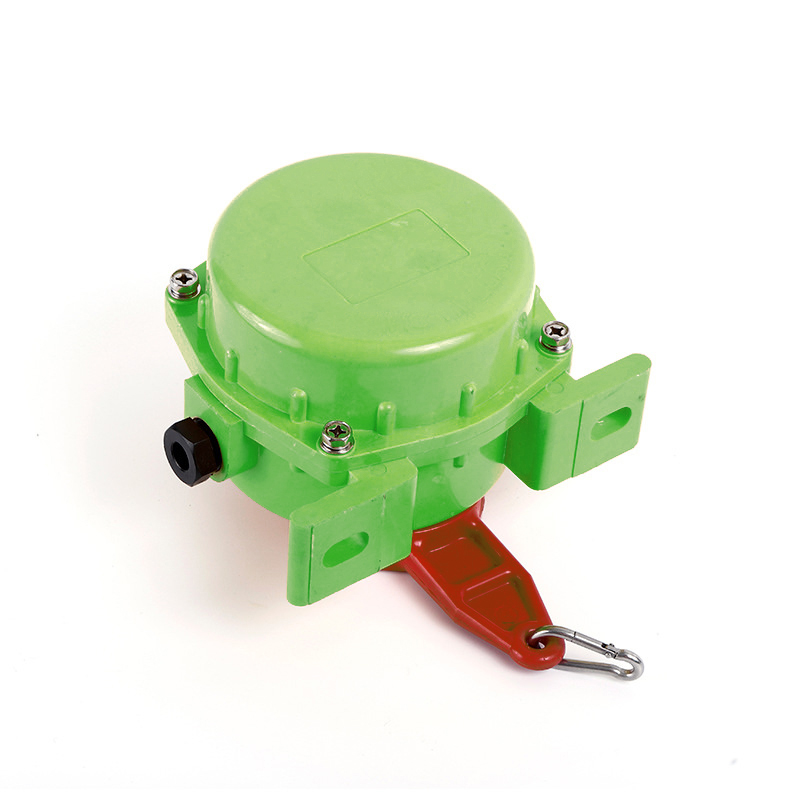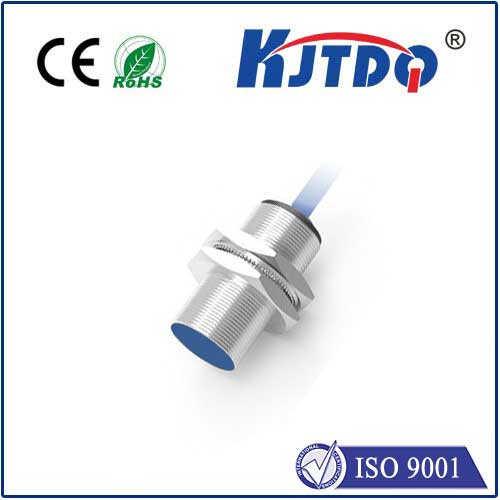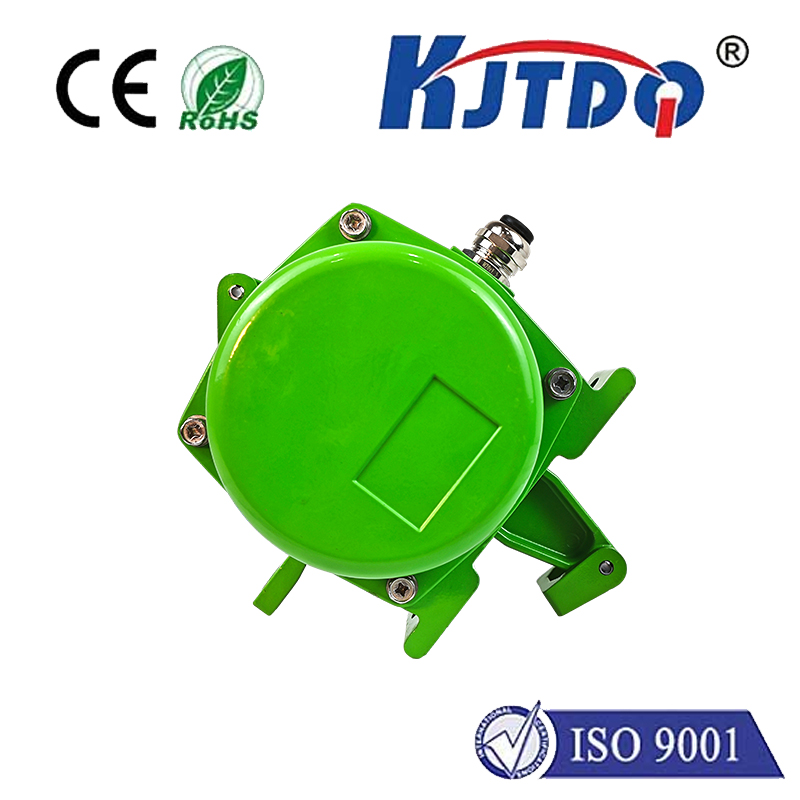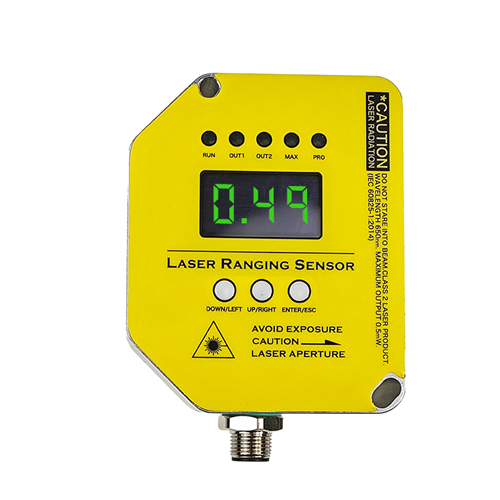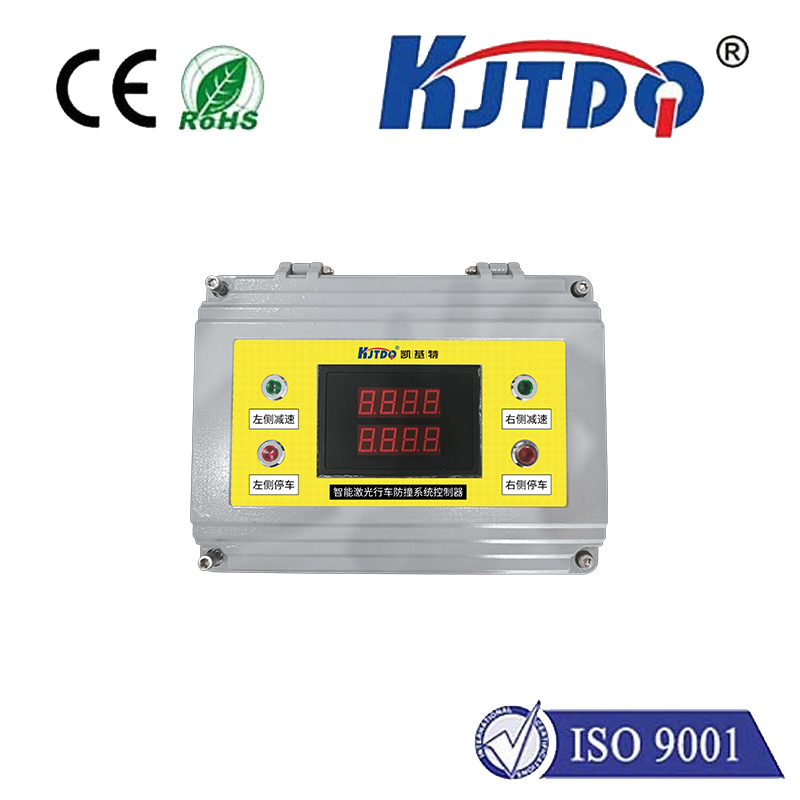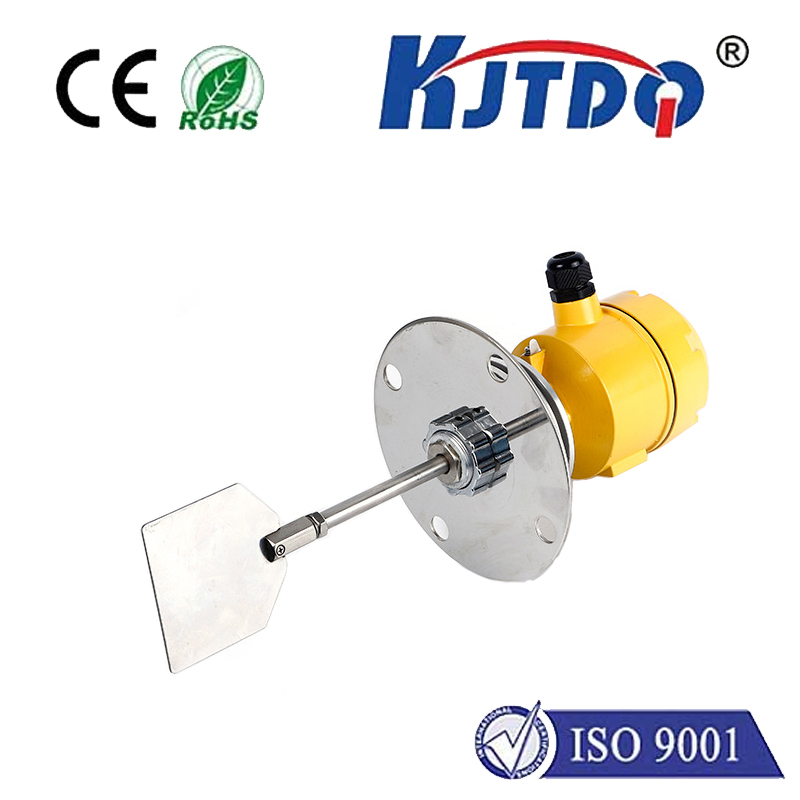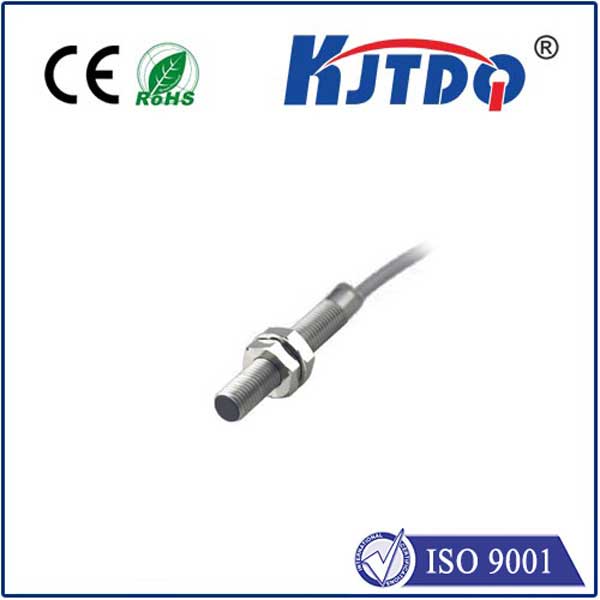

check

check

check

check

check

check

check

check

check

check
In the ever-evolving field of airplane technology, landing gear proximity sensors play a pivotal role. These devices function as an indispensable tool for ensuring the safety and reliability of planes during both takeoff and landing.
The primary function of landing gear proximity sensors is to detect the distance between the aircraft's wheels and the ground surface. This allows pilots to accurately calculate the appropriate speed at which to slow down or stop the plane before touching down. In the event that the plane comes into contact with the ground too quickly, this sensor triggers an alert, giving pilots ample time to make necessary adjustments.
These sensors are also responsible for maintaining a safe distance from obstacles, such as buildings or other planes in the vicinity. If the sensor detects an object in the landing path, it signals to the pilot to adjust their approach, thus preventing potentially catastrophic consequences.
Moreover, these sensors can provide valuable information about the condition of the landing gear system. For instance, if a tire has separated from the aircraft, the sensor will trigger an alert, allowing the pilot to take immediate action to prevent further damage or potential accidents.
In conclusion, landing gear proximity sensors are an essential component of modern aircraft technology. Their ability to detect distances, avoid obstacles, and monitor gear conditions significantly enhance the safety and efficiency of air travel. As technology continues to advance, it is likely that these sensors will become even more vital in ensuring the safe and successful operation of airplanes worldwide
